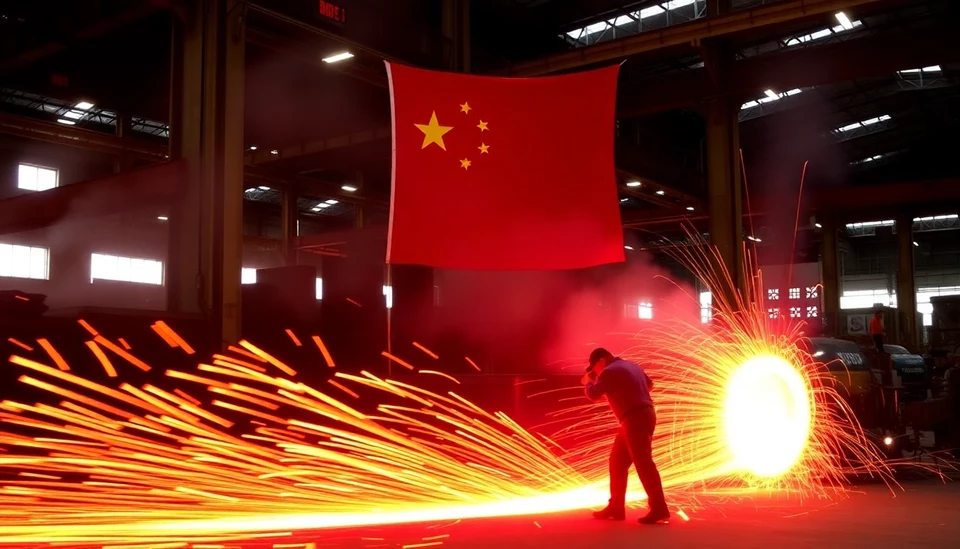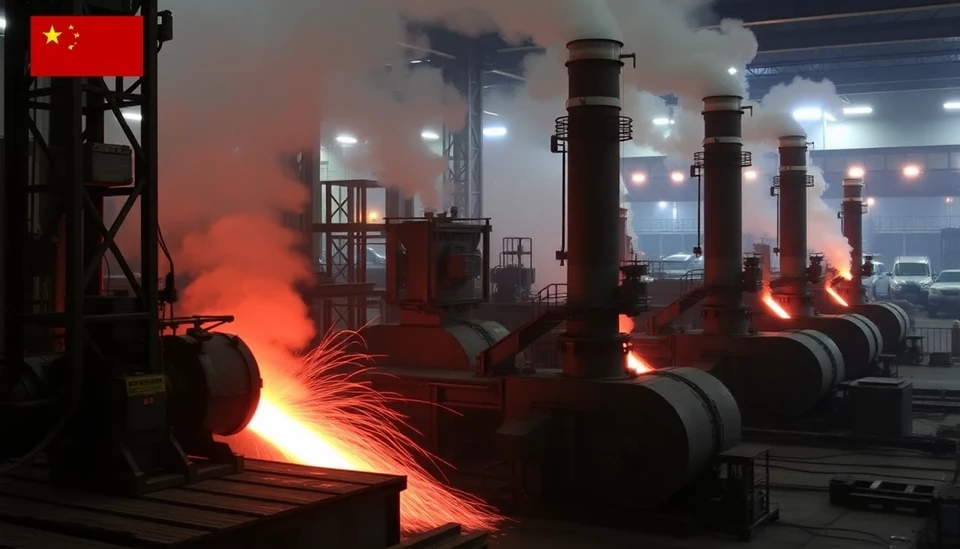
The Chinese steel industry is facing significant market fluctuations as it navigates a surge in prices, prompting key associations within the sector to call for measures aimed at controlling supply. This rally in steel prices, which has gained momentum recently, is eliciting concerns among industry stakeholders about the long-term sustainability of such increases.
The China Iron and Steel Association (CISA) has recently issued a statement urging its members to exhibit restraint in steel production. This call to action comes in response to a notable rise in prices that has sparked debates over the potential for a market correction. CISA's recommendation highlights the delicate balance necessary within the sector to ensure that steel prices align with market demand while avoiding oversupply.
Prices for various forms of steel have risen sharply, causing a ripple effect through several industries that rely on steel as a primary material. This escalation is linked to a variety of factors, including global supply chain disruptions, rising raw material costs, and localized production challenges all exacerbated by external economic conditions.
While the increase in steel prices might benefit producers in the short term, experts warn of potential negative repercussions if prices rise too rapidly and are not met with a corresponding demand. The fear is that excessive price hikes could deter buyers, leading to a drop in sales and production levels over time.
In order to mitigate such risks, CISA's leadership is advocating for a more disciplined approach to production. By implementing production restraints, the organization hopes to stabilize prices and maintain market equilibrium. The CISA is also encouraging producers to enhance operational efficiencies and explore technological advancements to reduce costs, thereby lessening the dependence on volatile market conditions.
The steel market is critical not only for domestic needs in China but also for global supply chains, as the country is one of the largest steel producers worldwide. Consequently, fluctuations in China's steel prices can have significant implications for international markets and economies. The industry's movement towards supply restraint is a step intended not just to stabilize local pricing but also to consider the broader global impact of steel production dynamics.
Industry leaders emphasize the importance of collaboration across the sector to achieve these goals, advocating for dialogue among producers, suppliers, and consumers. Establishing a forward-looking strategy that incorporates sustainable practices is seen as essential for long-term resilience.
As the situation unfolds, stakeholders within the international steel community are keenly observing China's approach to steel production and pricing. Insights derived from China's handling of this market rally could inform strategies globally, especially in other steel-producing nations grappling with similar challenges.
In conclusion, as China's steel industry faces the challenges of rising prices, the emphasis on supply restraint by the CISA reflects a strategic move to promote stability within the market. The outcomes of these efforts will be closely monitored, with potential implications extending well beyond national borders.
#ChinaSteel #SteelMarket #CISA #PriceStability #IndustrialGrowth #GlobalEconomy #SupplyChainManagement
Author: Daniel Foster




